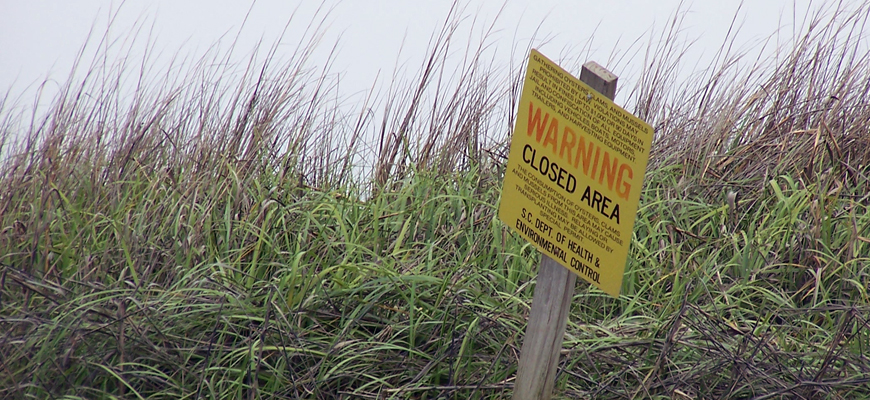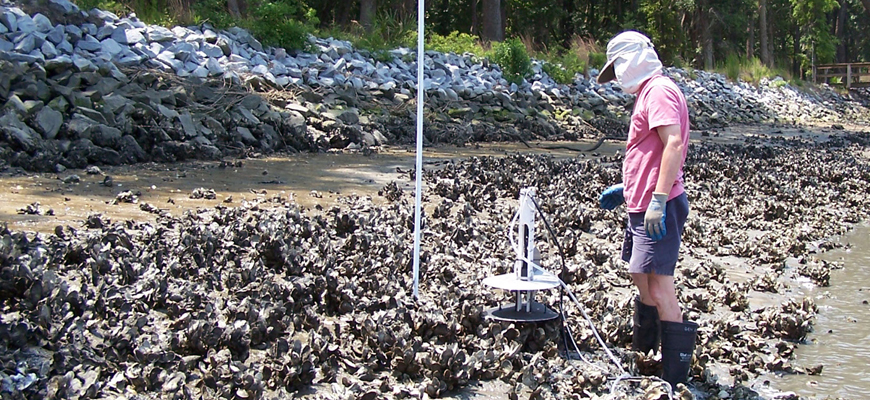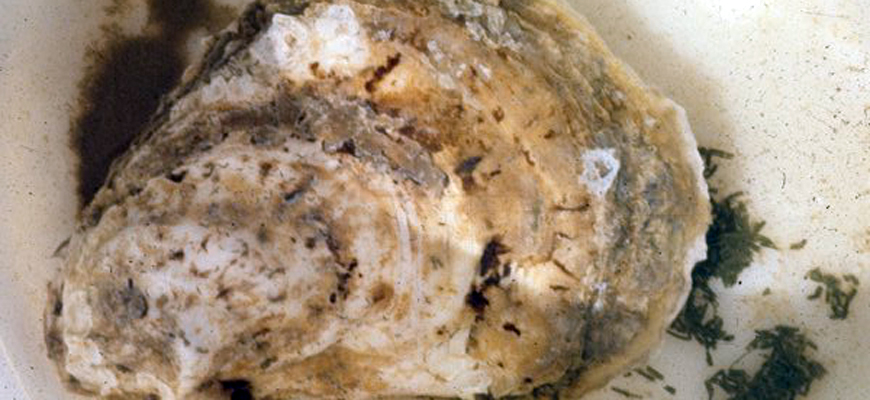Filter feeding bivalves can affect significantly water quality and phytoplankton dynamics. Extensive oyster populations have a substantial filtering capacity and may remove significant phytoplankton biomass from the water column. The result is a reduction in the biological oxygen demand from the microbial decomposition of algal cells that otherwise would settle to the sediment. Bivalve filtration may have improved the water quality in several basin-wide ecosystems, but bivalve control of phytoplankton has been questioned. Ecosystem rehabilitation typically relies on a reduction of nutrient inputs (e.g., nitrogen, phosphorus) that result in eutrophication, but filter feeding bivalves such as oysters may be equally important for improving water clarity and quality by removing algae and sediments suspended in the water column.
Appropriate metrics: reef density; size frequency; associated fauna; reef size; salinity; dissolved oxygen; chlorophyll; turbidity; temperature.










